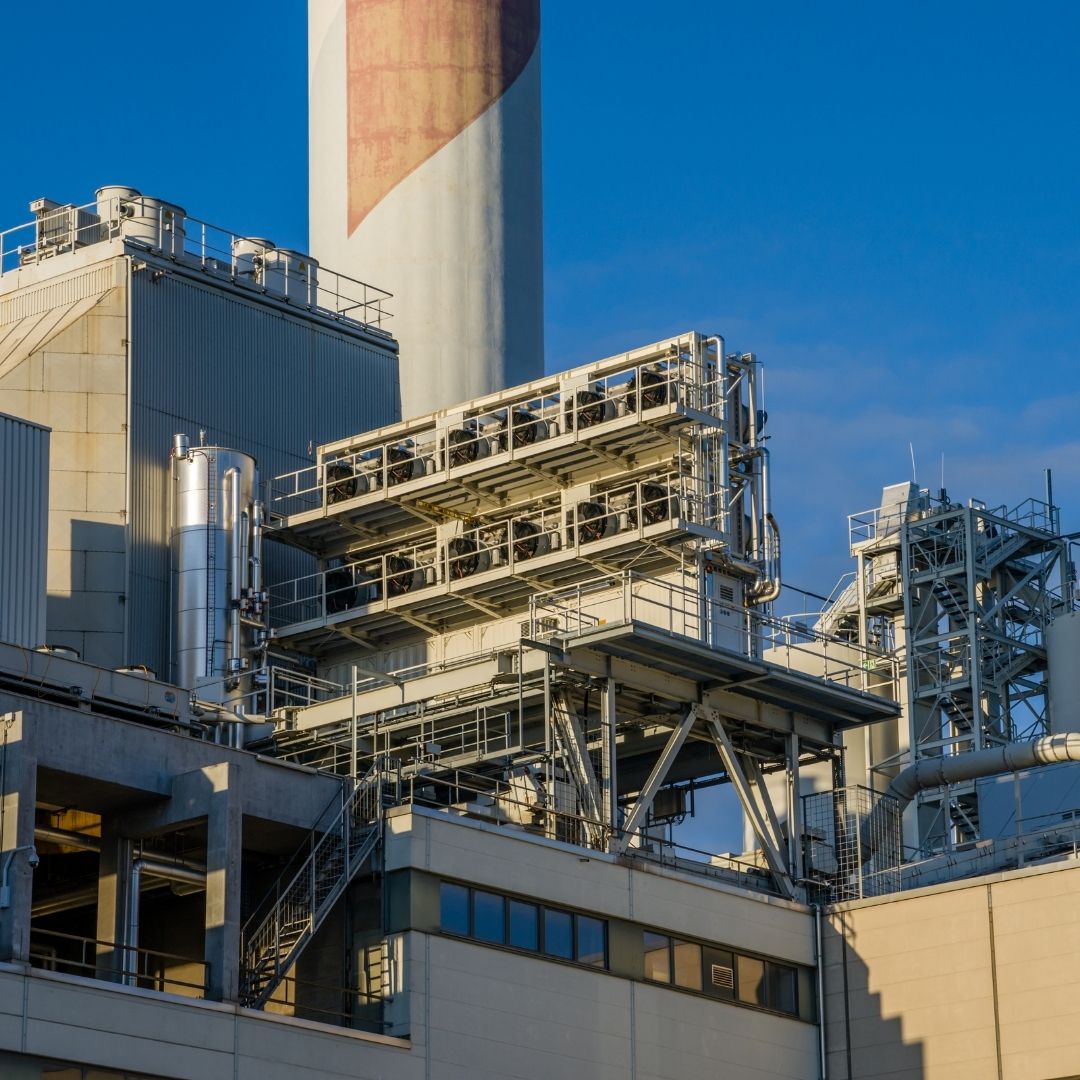
The capture of CO2 from the atmosphere or from industrial processes is highly relevant because the captured CO2 can then be combined with H2V as a base to produce synthetic fuels or other chemical inputs, for example, from green methanol.
In this way, we obtain carbon neutral fuels, which can be used directly in existing engines or thermal processes, with minor modifications and/or in some cases without modifications, and even using the current distribution, storage and transportation infrastructure, facilitating the energy transition and enabling demand for H2V in advance.
 Fraunhofer Chile Research
Fraunhofer Chile Research